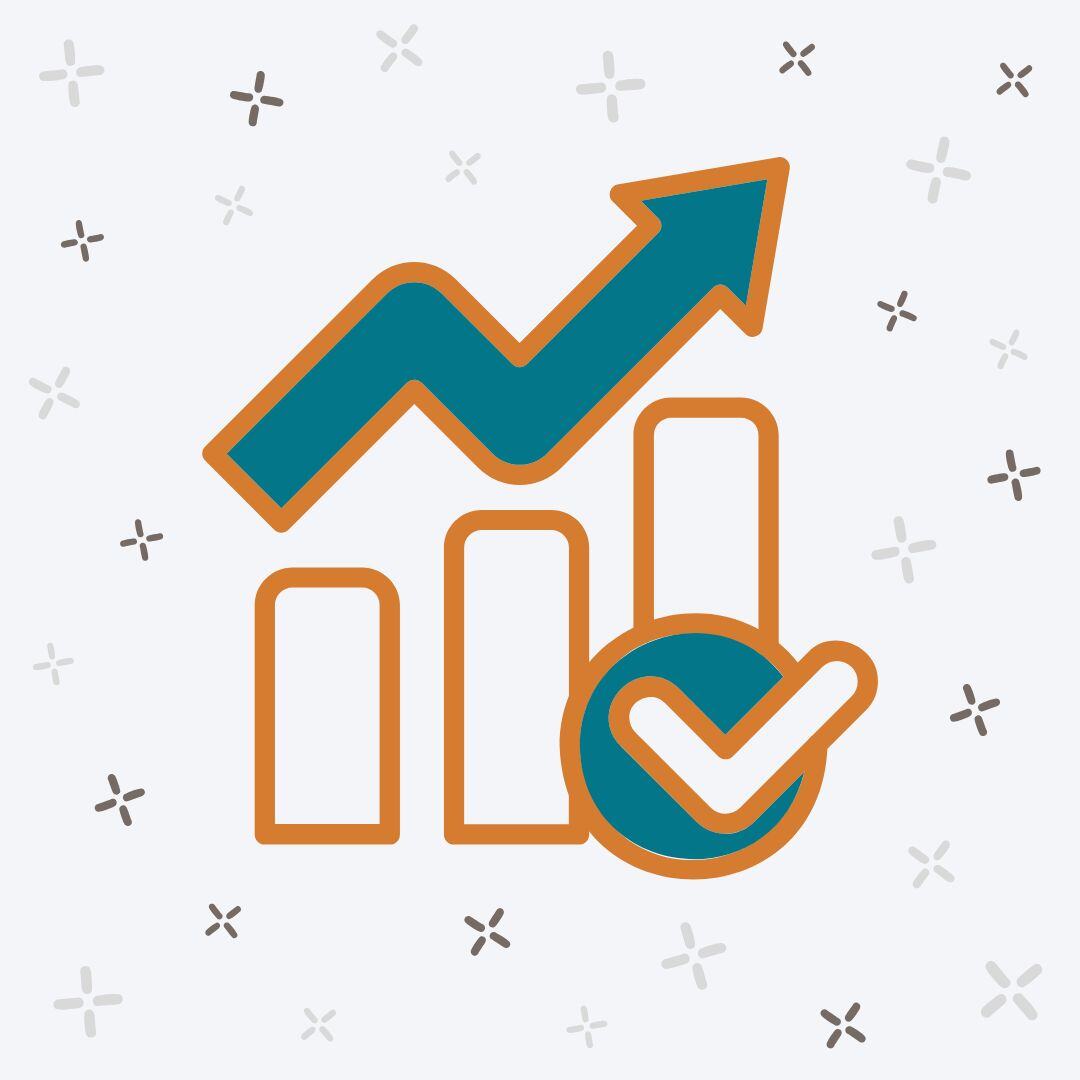- November 20, 2024
Last week our colleagues, Bo and Dan, provided an overview of the CARES Act and the many provisions designed to ease the economic toll faced by individuals and families resulting from COVID-19.
We now turn our attention to parts of the CARES Act that will benefit small businesses. One key philosophical difference between the CARES Act and past economic stimulus programs is that a primary objective of past programs has been to stimulate demand whereas the CARES Act’s objective is to provide a safety net for actions specifically taken to curtail demand. Because of this difference, the CARES Act has often been referred to as a “Relief” package rather than a “Stimulus” package.
The business-focused measures contained in the Act are largely based on the premise of “bridge financing” or providing financing measures to businesses to allow them to get to the other side what is effectively a government-imposed reduction in business activity. This, in conjunction with the individual measures, is also intended to help “bridge” individuals to the other side of what is also to some extent a government-imposed reduction in employment.
The theory goes that if businesses can effectively remain open and keep their employees on the payroll through this period, it will be far easier and faster for them to restart operations and continue paying full wages when this is over. Therefore, more people will be employed and able to spend at these businesses and demand will effectively be self-stimulating much faster than if the “Relief” nature of the Act was smaller or if it were to have been more traditionally-focused “Stimulus” in nature.
Perhaps another defining characteristic of the Act is the swiftness and (relatively) bi-partisan nature with which it ultimately came together. This may be due to the acceptance that measures taken by Federal, state, and local governments to curtail economic activity are akin to placing the economy in a medically-induced coma and a widespread recognition that, to use a phrase that has become quite popular lately, we’re all in this together.
What is the Paycheck Protection Program?
For those who own small businesses, are self-employed or independent contractors, one of the most compelling pieces of the Act is the Paycheck Protection Program (PPP). Congress has authorized the Treasury Department to provide $349 billion in loans to small businesses so they can pay their employees while consumers stay home to slow the virus.
Small business owners with 500 or fewer employees, including self-employed individuals, may be able to benefit from the program and can request loans for up to 2.5 times the average monthly payroll expense over the previous year up to a maximum loan amount of $10 million. Food and hospitality businesses’ 500 employee limits will be applied on a per-location basis. Applicants must make a good-faith certification that the loan is necessary due to the uncertainty of current economic conditions caused by COVID-19.
How much in PPP loan money can a business expect?
It is primarily driven by payroll. Simply take the average monthly payroll expense from 2019 and multiply by 2.5. Payroll includes salaries, wages, vacation, sick leave, commissions, healthcare and insurance premiums. Payroll costs over $100,000 per employee are not included. For example, assume an employee was paid $100,000 in 2019. Broken out monthly, paychecks were $8,333.33. Multiply by 2.5 = $20,833 in loan money.
One more important thing to note – all or most of the loan money can be FORGIVEN. To qualify, received funds must be used to cover eight weeks of approved expenses, which include payroll, rent, utilities and mortgage payments.
To qualify for forgiveness, the business must maintain the same number of employees for the eight-week period following the origination date of the loan. If an employer does lay off employees during that period or reduce certain employee wages by more than 25%, the amount forgiven will be reduced ratably. Further, no more than 25% of the loan amount forgiven may be attributable to non-payroll costs.
What can loan funds be used for?
- Payroll costs
- Group health insurance premiums
- Salaries and/or commissions
- Rent (pursuant to a lease originated prior to February 15, 2020)
- Mortgage interest (note: principal payments are not included)
- Utilities
- Other business-related interests incurred prior to February 15, 2020
What are the terms of the loans?
The stated maximum interest rate that can be charged under the program is 4%, but the current quoted interest rate is 1%. The loans will be offered by certified SBA lenders and guaranteed by the SBA, but normal SBA collateral requirements will not apply. The maturity of the loans cannot exceed 10 years and interest will be deferred for at least six months but no longer than 12 months. One additional benefit of the program is that any amount of a loan forgiven under this program is not included in taxable income.
Key Dates:
- February 15, 2020: Eligible expenses under the program must have been in-service prior to this date
- April 3, 2020: Applications begin to be accepted for small businesses and sole proprietorships
- April 10, 2020: Applications for self-employed individuals and independent contractors start to be accepted
- June 30, 2020: Latest date for application
Like many aspects of the Act, the pace to try and implement the PPP has been hectic. We expect most banks won’t be ready to process the loans right away but will get underway at some point during the week of April 6.
Business owners will submit the 4-page application (see link for sample below) through participating lenders. Check with your local bank(s) to see if they are participating.
Additional benefits available to businesses under the CARES Act
Unemployment Insured for Self-Employed Individuals
States are still awaiting guidance from the Department of Labor regarding the CARES Act on this topic, but in the meantime, self-employed individuals are encouraged to apply for unemployment insurance.
For those of you in Minnesota: Minnesota Unemployment Insurance
Employee Retention Credit
An additional incentive under the CARES Act to prevent employers from further layoffs is the availability of a tax credit. A company may be eligible for a tax credit if its operations have been fully suspended during the quarter due to government authority resulting in at least a 50% reduction in revenue from the same quarter in 2019. This credit is equal to 50% of wages paid to each employee up to a maximum of $10,000 per employee.
It should be noted that that a particular business cannot take advantage of a loan via the PPP and the retention tax credit. If given the option to select one or the other, the PPP is likely to be preferable as the credit is 50% of qualifying wages paid up to $10,000. An individual, with W2 income over $100k, would probably opt for PPP, given she might end up getting a $20,833 loan that is forgivable. That’s better than a $5,000 tax credit.
Deferral of Payment of Payroll Taxes
Employers that have not had loans forgiven under the CARES Act may be eligible to defer their payroll taxes from the enactment of the Act through the end of the year until the end of 2021 or 2022. Through this deferral program 50% of the payroll taxes deferred would be due by December 31, 2021 with the remaining 50% due by December 31, 2022.
This also applies for self-employed individuals with respect to their “employer-equivalent” portion of these taxes.
Additional Loans may be available through the Economic Injury Disaster Loan (EIDL) Program
Unlike the Employee Retention Credit, this program can, in some cases, overlap with the PPP. While loans are not forgivable, there are emergency “grants” of up to $10,000 and EIDL may be refinanced into a PPP loan if certain criteria are met.
Net Operating Loss rule “loosening”
The Act extends the carry-back provisions for Net Operating Losses (NOLs) incurred in 2018, 2019, or 2020 to be extended from a 2-year carry-back up to a 5-year carry-back. This may allow companies to reduce prior years’ tax bills, thus providing them with refunds to claim to further enhance their liquidity.
Please let us know if you any questions about these provisions or if you think you may be able to benefit from them.

Matt Weier, CFA, CFP®
Partner
Director of Investments
Chartered Financial Analyst
Certified Financial Planner®





